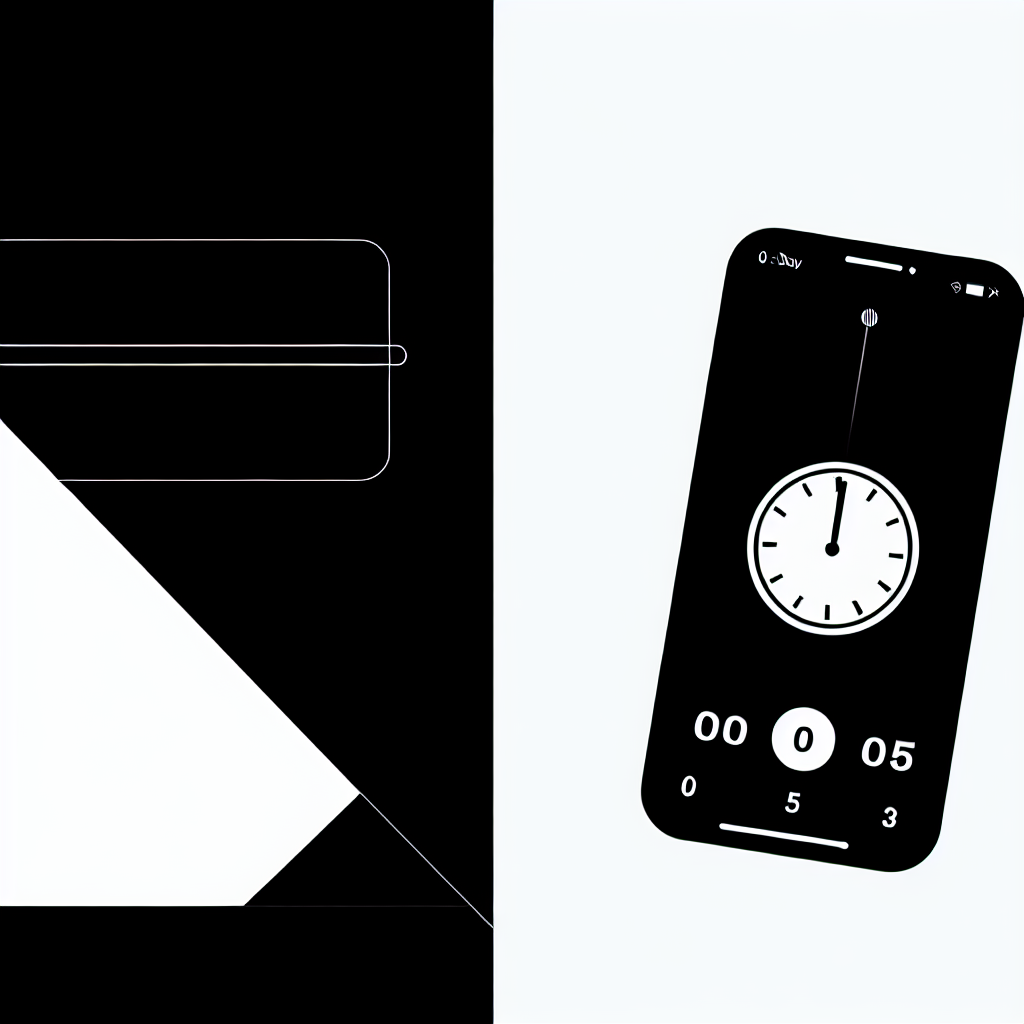The Evolution of Timers in Marketing: A Pre-Internet Perspective
Long before the internet transformed marketing, timers and countdowns played a crucial role in shaping consumer behavior. The urgency created by time-sensitive offers has consistently served as a powerful marketing tactic. This article delves into the historical significance of timers in marketing, tracing their evolution and impact on consumer decision-making.
Early Advertising Strategies
In the early 20th century, marketers started to leverage time-sensitive promotions to encourage consumer action. Brands like H.J. Heinz effectively used phrases such as "limited stock" or "while supplies last" in their advertisements, instilling a sense of urgency that prompted quicker purchasing decisions.
The Rise of Flash Sales
As commercialism surged in the mid-20th century, flash sales became increasingly popular. Retailers announced special discounts available for a limited time, promoted through radio and print media. By clearly stating start and end times, these promotions created an implicit countdown, urging consumers to act swiftly.
Countdown Clocks in Retail Displays
With the evolution of shopping environments, countdown clocks began appearing in physical store displays. Positioned strategically, these clocks highlighted sales events, product launches, and seasonal promotions. Shoppers, faced with a visible countdown, felt compelled to make purchases before time expired, enhancing the urgency to buy.
Television Advertising Innovations
The advent of television advertising in the 1950s opened new avenues for integrating timers into marketing strategies. Brands like McDonald's effectively used countdowns in commercials for their "Happy Hour" promotions. The visual representation of a timer heightened urgency, encouraging viewers to act quickly and seize the deals.
The Lasting Impact of Timers in Marketing
The use of timers in marketing boasts a rich history predating the internet. Marketers have long understood the psychological influence of time on consumer behavior. The strategic application of timers and countdowns has evolved, yet the core principle remains: creating a sense of urgency drives consumer action. Reflecting on the pre-internet era reveals how these techniques laid the groundwork for the digital countdown strategies that dominate today.
Related Articles

Leveraging Timer.Plus for Enhanced Time Management in Your Projects
Explore how Timer.Plus can transform your time management strategies with powerful features and customization options.

Simple Techniques for Effective Time Management with Timer Plus
Explore actionable techniques to enhance your time management using Timer Plus for productivity.

5 Essential Steps for Building a Mobile-Responsive Countdown Timer
Learn how to create a mobile-responsive countdown timer in five essential steps to enhance user experience on any device.

Creative Ways to Use Timer.Plus for Enhanced Productivity
Discover innovative strategies to leverage Timer.Plus for better time management and increased productivity in your daily tasks.

Enhancing Timer.plus with Effective Font Loading Techniques
Explore strategies to optimize font loading in Timer.plus for improved performance and user experience.
Ready to level up your timing game?
Join thousands of professionals using Timer.plus to run better meetings, manage workshops, and keep presentations on track. Create unlimited timers, save your favorites, and sync across devices.
Start timing for free →